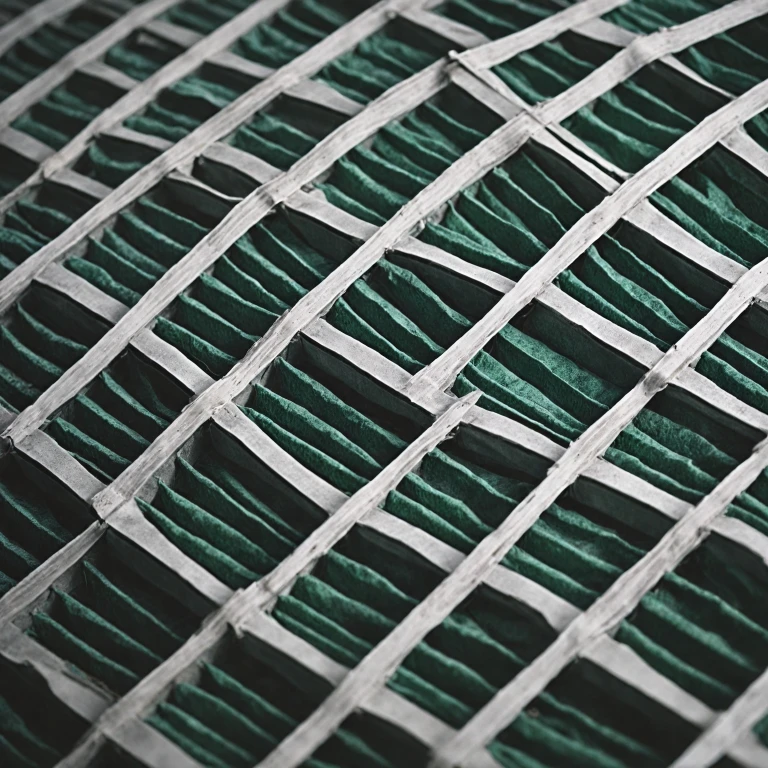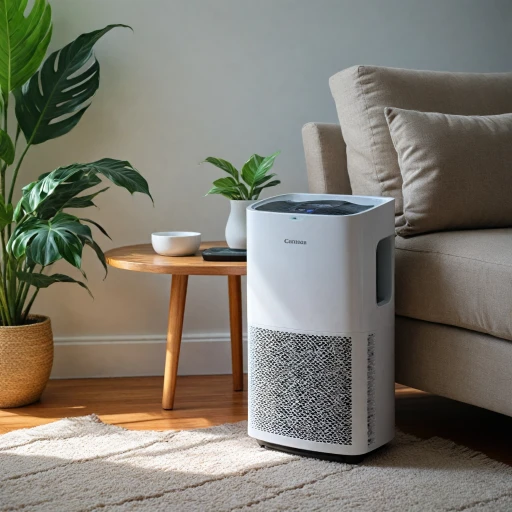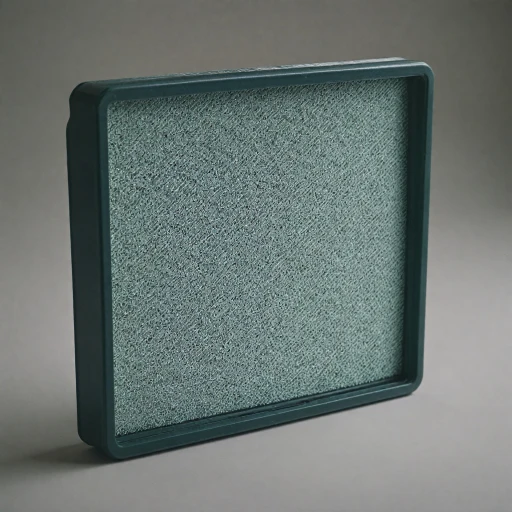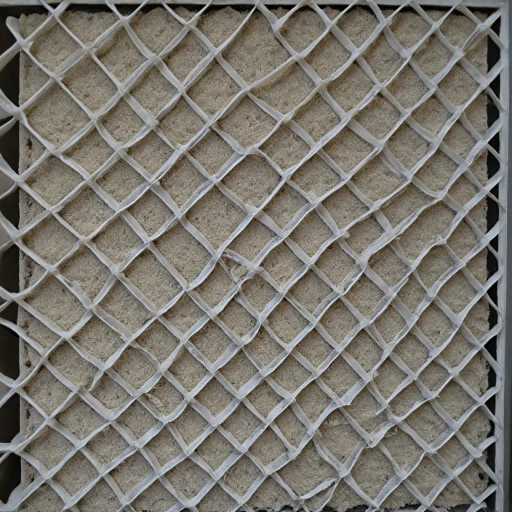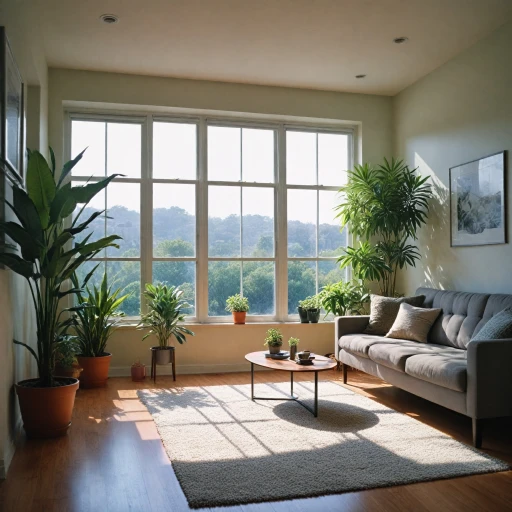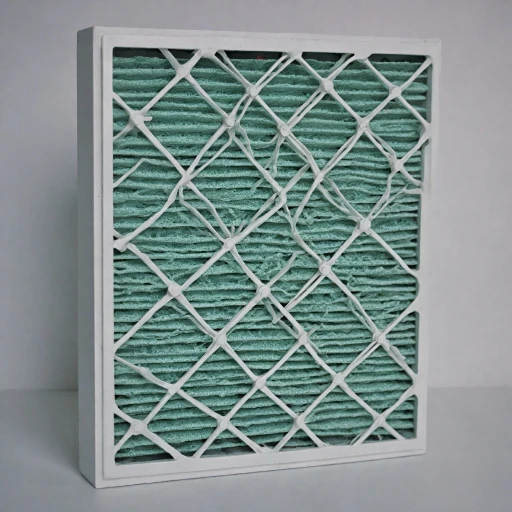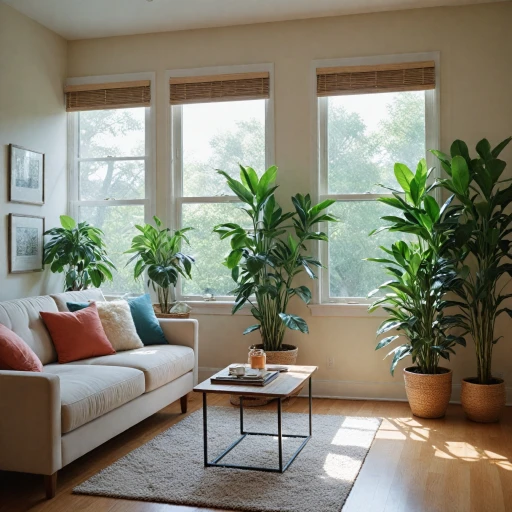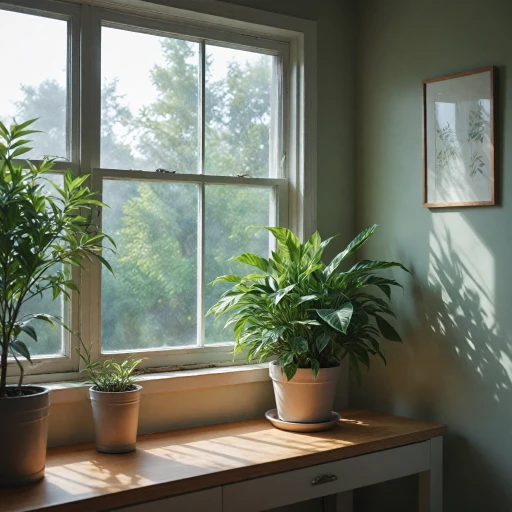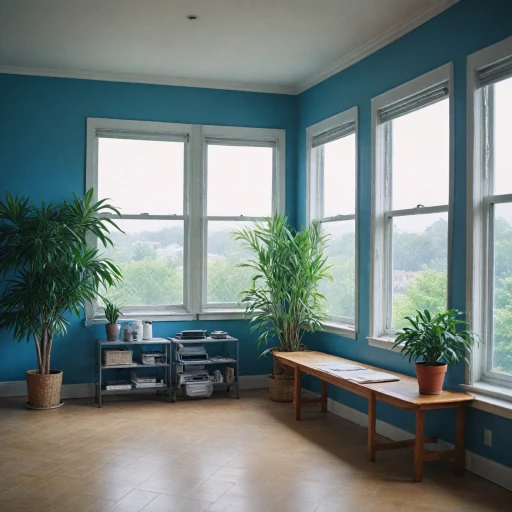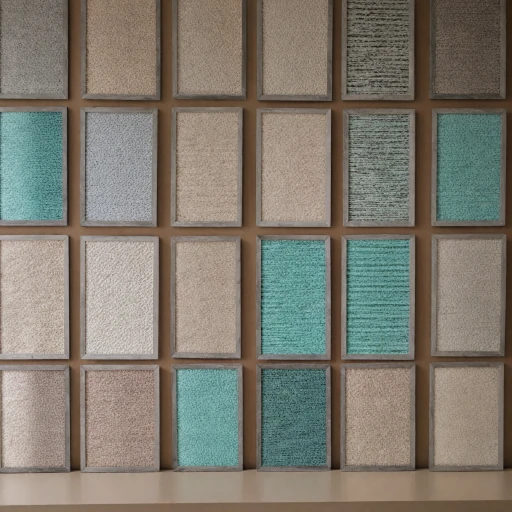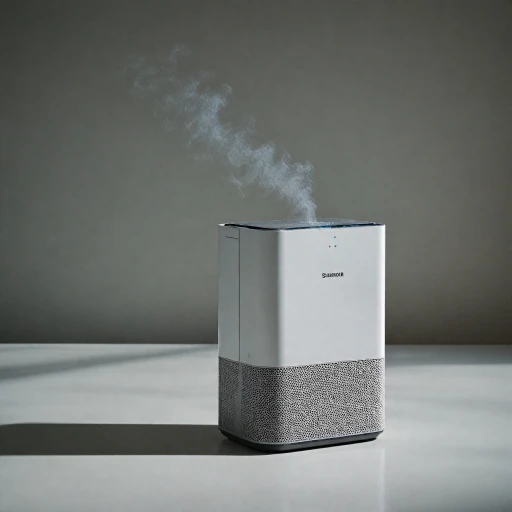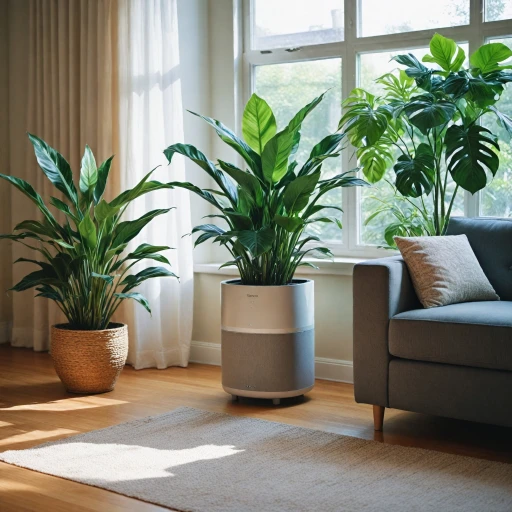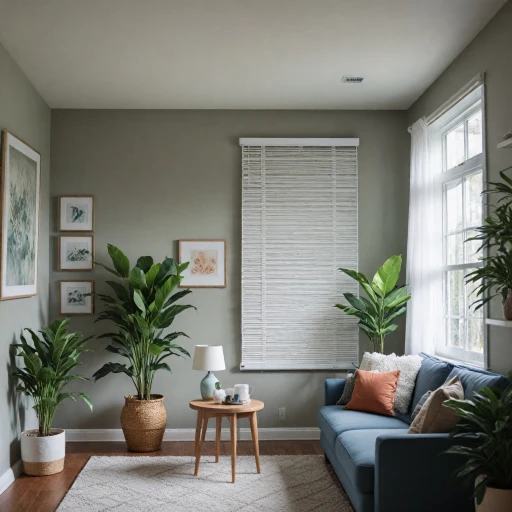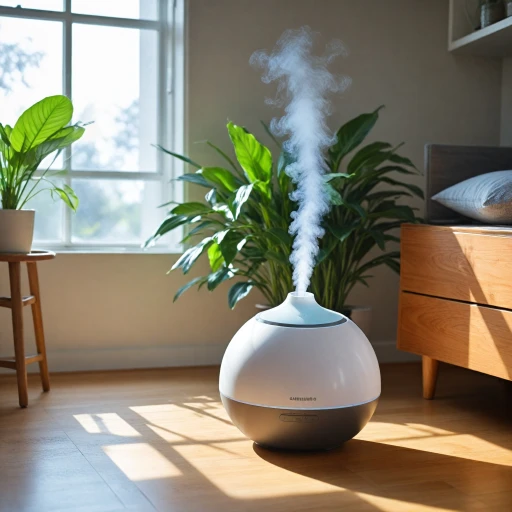
The Role of Air Filters in Purifying Indoor Air
The Importance of Air Filters in Indoor Air Quality
Air filters play a crucial role in maintaining indoor air quality by capturing various airborne particles that can affect health and well-being. These particles include dust, pollen, mold spores, pet dander, and even microscopic dust mites. The efficacy of air filters is often determined by their MERV rating (Minimum Efficiency Reporting Value), a widely recognized rating system that indicates the filter's ability to trap contaminants. Filters with a higher MERV rating can capture smaller particles, improving air quality significantly.
Established air conditioning and heating systems rely on efficient air filters to perform optimally. By trapping dust particles and other debris, air filters prevent these materials from circulating throughout the home, contributing to a healthier living environment.
An efficient filtration system also contributes to the longevity of home appliances such as furnaces. Air filters safeguard these systems by reducing the accumulation of dirt and dust, ensuring that the furnace's air can circulate effectively without hindrance.
To maximize the effectiveness of air filters, it's essential to understand and implement regular maintenance routines and choose the right filter for your specific needs. Discover more about optimizing air filter performance and selecting the right options based on MPR, FPR, and other rating systems in the upcoming sections of this series.
Key Features of the 12x36x1 Air Filter
Features and Advantages of the 12x36x1 Air Filter
The 12x36x1 air filter is designed to enhance indoor air quality by reducing airborne particles efficiently. One of the prominent features of this filter is its pleated design. This design increases the surface area available for filtration, allowing it to capture more particles like dust, pollen, and mold spores. With its ability to significantly remove dust mites and pet dander, it proves to be effective in maintaining a cleaner home environment.
When considering air filters, the efficiency rating is crucial. The MERV rating system, standing for Minimum Efficiency Reporting Value, plays a vital role in determining a filter's efficiency. Filters with a high MERV rating can capture smaller particles, improving air quality. While the 12x36x1 filter offers different MERV ratings, a balance between filtration efficiency and airflow is essential to ensure optimal performance of the heating and cooling system.
Another aspect that stands out is the filter's compatibility with various systems. Whether it's a furnace air system or a standalone filtration unit, this size fits well into most setups. Furthermore, it's important to verify the MPR (Microparticle Performance Rating) and FPR (Filter Performance Rating) when selecting the right model as these ratings offer additional insights into the filter's performance in capturing smaller particles.
It's encouraged to change the filter every few months to maintain its efficiency and improve the lifespan of your system. Regular maintenance ensures that the filter functions according to its verified ratings, consistently capturing airborne particles that impact indoor air quality.
For more in-depth knowledge about filter sizes and types, including the benefits of alternative options like Blueair filters, further exploration is recommended.
Choosing the Right Air Filter for Your Needs
Finding the Perfect Fit: Matching Air Filters to Your Needs
When it comes to selecting the ideal air filter for your home or office, several factors need to be considered to ensure optimal air quality and system efficiency. The goal is to capture airborne particles effectively, improving indoor air quality while also safeguarding your furnace or heating system from dust and debris. First, let's talk about filter dimensions. The 12x36x1 air filter refers to its size in inches and is suitable for certain vents and system setups. Ensuring the right fit is crucial because if the filter doesn't align correctly with the vent, air can bypass the filter, diminishing its effectiveness. Filtration Efficiency and Ratings Air filters come with various ratings, such as MERV (Minimum Efficiency Reporting Value), MPR (Microparticle Performance Rating), and FPR (Filter Performance Rating). Here's a brief breakdown:- MERV Rating: It ranges from 1 to 20 and measures a filter’s ability to capture larger particles between 0.3 and 10 microns. A higher MERV rating indicates better filtration efficiency.
- MPR Rating: Used by certain brands, it focuses on the filter's ability to capture microscopic particles, including pollen and pet dander.
- FPR Rating: Typically employed by retailers, this system provides an easy-to-understand score representing the filter's performance.
Maintenance Tips for Optimal Air Filter Performance
Ensuring Longevity and Efficiency
Maintaining your air filter is crucial for ensuring the longevity and efficiency of your air filtration system. Regular maintenance not only helps in capturing airborne particles like dust, pollen, and mold spores but also enhances the overall air quality in your home. Here are some essential tips to keep your air filter functioning optimally:
- Regular Inspection: Check your air filter every month. This helps in identifying any visible dust accumulation or damage to the filter. A quick inspection can prevent larger issues down the line.
- Timely Replacement: Depending on the MERV rating and the specific needs of your home, replace your filter every 1-3 months. Higher MERV ratings, which capture smaller particles, may require more frequent changes.
- Proper Installation: Ensure that the filter is installed correctly in your furnace or air conditioning system. A misaligned filter can reduce efficiency and allow dust and other particles to bypass the filtration system.
- Cleaning the Surrounding Area: Keep the area around your air filter clean. Dust and debris can accumulate and affect the filter's performance.
- Monitor Air Quality: Pay attention to the air quality in your home. If you notice an increase in dust or allergens, it might be time to change the filter or consider a different MERV rating.
By following these maintenance tips, you can ensure that your air filter continues to provide high-quality filtration, capturing particles as small as microns in size. This not only improves the efficiency of your heating and cooling system but also contributes to better indoor air quality and overall well-being.
Comparing Different Air Filter Sizes and Types
Understanding the Different Sizes and Types
When evaluating air filters, such as the 12x36x1 air filter, it's essential to understand the various sizes and types available. This knowledge helps in determining the filter's compatibility with your HVAC system and its efficiency in improving air quality.
- Filter Sizes: Filters are available in a range of sizes, typically measured in length, width, and thickness. Besides 12x36x1, you might also encounter sizes like 20x20x1. The thickness of the filter, usually 1 inch, plays a role in capturing different particles efficiently.
- Types of Filters: You can choose from pleated, fiberglass, and HEPA filters. Pleated filters offer improved filtration due to their increased surface area, making them effective against dust, mold spores, and pollen.
Furthermore, different rating systems help determine a filter's effectiveness. The MERV rating indicates how well a filter can trap particulates, influencing air quality. Filters with a higher MERV rating capture more airborne particles, including those as small as size microns. Similarly, the MPR and FPR ratings are additional metrics used by leading manufacturers to measure a filter's efficiency in trapping dust mites and pet dander.
Changing your filter regularly, approximately every few months, ensures optimal performance and prolongs the life of your heating and furnace air systems. Select a filter size and type that aligns with your home's specific needs, taking into consideration the levels of different captured particles you aim to reduce in your indoor environment.
